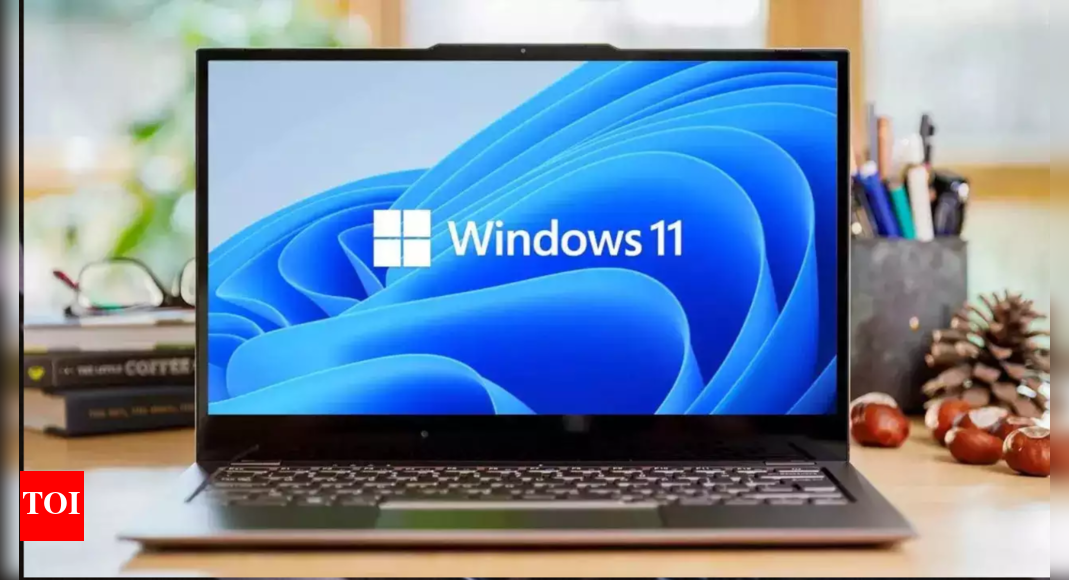Windows 11 has officially surpassed Windows 10 to become the world’s most widely used desktop operating system, according to new data from Stat Counter. The milestone comes nearly four years after Windows 11’s controversial debut and just months before Windows 10’s support cutoff.As of July 2025, Windows 11 now commands 52% of the global Windows market share, while Windows 10 has dropped to 44.6%. This represents a dramatic shift from December 2024, when Windows 10 still dominated with 62% compared to Windows 11’s 35%.The surge in Windows 11 adoption appears directly tied to Microsoft‘s announcement that Windows 10 support will end on October 14, 2025. The company has been aggressively pushing users to upgrade, sometimes displaying full-screen prompts encouraging hardware upgrades for incompatible machines.
Strict hardware requirements slowed initial adoption
Windows 11’s rise to prominence wasn’t immediate. The operating system faced significant headwinds due to Microsoft’s decision to implement stricter hardware requirements, including mandatory TPM 2.0 security chips. These requirements left millions of Windows 10 machines ineligible for the free upgrade, forcing users to either purchase new computers or remain on the older system.The adoption pace proved notably slower than Windows 10’s launch. While Windows 10 reached 400 million devices within just over a year, Windows 11 took two full years to achieve the same milestone, according to leaked Microsoft data from October 2023.Microsoft has offered some relief for Windows 10 holdouts, recently announcing a free one-year extension of security updates for users willing to enable Windows Backup and sync their Documents folder to OneDrive. Users can alternatively pay $30 for extended support or redeem 1,000 Microsoft Reward points.The transition marks a significant victory for Microsoft’s strategy to modernize its user base, though the company’s heavy-handed approach and controversial features like mandatory Microsoft accounts have drawn criticism from users preferring Windows 10’s familiar interface.
